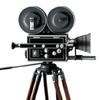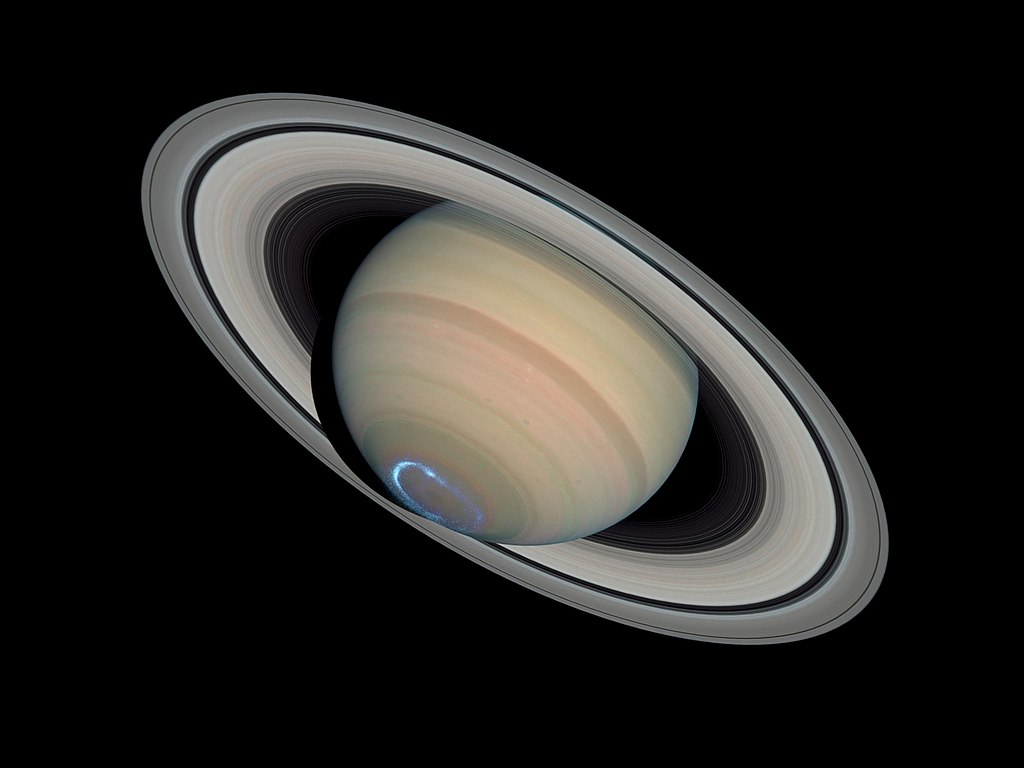
The Evolution and Applications of the Camera

affordable, or even that useful.
The First Camera
The very first type of camera was called a camera Obscura, or a pinhole camera. It's difficult to tell who exactly invented this type of camera first, although some evidence suggests it was the Chinese philosopher Mozi, who lived between 470 and 390 BCE. Some others suggest at least the principles of the pinhole camera were understood by Aristotle, Euclid, and Theon of Alexandria. A pinhole camera works by allowing light to enter a box through a small hole. It hits a surface inside the box where the image is reproduced. This isn't an actual photograph, though—an artist has to sketch over it to make an image.
The earliest actual photograph was taken by Joseph NicephoreNiepce in 1827, although he did use a camera Obscura to do so. He created sun prints or heliographs by coating a metal plate with bitumen. He then placed an engraving over it. When the sunlight shined on the engraving, the shadowy parts blocked the light. The bitumen that was exposed would react to the light, creating an image.
Byelorussky Station, Moscow, the station from which Soviet troops left for the Front (Byelorussia, now Belarus), in the Second World War. I took this with a self-made matchbox pinhole camera. The camera has a pinhole to film distance of about a centimeter (the depth of the matchbox) resulting in a wide angle.
Advances in Film Cameras

S.S. John Sherwin, [Gilchrist Transportation Company]
In 1829, Niepce formed an alliance with inventor Louis Dagueere. The two set out to create a camera that took much less time to work. They first got Niepce's camera down from eight hours to 30 minutes of exposure time, but that was still impractical. In 1839, after Niepce had died, Daguerre created the daguerreotype camera. This camera made use of silver-plated copper sheets to fix images upon them. By coating the surface of the sheet in iodine and exposing it to light for a few minutes, the image would be "painted" onto the surface by light.
In 1841, the process of using silver-plated copper was replaced by using sensitized paper by Henry Fox Talbot, an English mathematician and botanist. Now cameras could be used to create multiple prints.
Other inventors, including Hamilton Smith, Frederick Scoff Archer, and George Eastman refined the ideas, creating dry plate negatives, handheld cameras, flexible roll film, and, during the 1940s, color photography.
Digital Cameras
Most people think of digital cameras as a fairly new invention, but the history of the digital camera actually dates back to 1951. The creation of the video tape recorder allowed people to create still images from television, film and save them in a digital format on magnetic tape. By 1956, these devices were used throughout the television industry. They made use of what was called a Charged Coupled Device, or CCD, to determine the color of an image and its intensity. CCD sensors are still being used 60 years later in security cameras because of their reliability. Later, in the 1960s, NASA started using digital signals to receive photographs from their satellites and probes.
The first film-less handheld camera was created by Texas Instruments in 1972, but it wasn't commercially available. People wouldn't be able to purchase these digital cameras until 1981, when Sony released their Mavica electronic still camera. It recorded images to a disc that could then be viewed on a television using a special reader. However, the Mavica was still technically a video camera that simply took still images, not a true digital camera.
The first true digital camera was created in 1986 by Kodak. They quickly began working on a commercial version, and in 1991, Kodak and Nikon released the first professional digital camera, the Nikon F-3. Within several years, Apple, Casio, and Sony had all released consumer-level cameras.
The Future of the Camera
Traditional cameras have evolved a lot since they were first invented. Today, cameras are so tiny they fit within cell phones and can take pictures that are incredibly detailed. A smartphone with a 20 megapixel camera isn't uncommon, and Google Glass shows that cameras can be created that are so small and lightweight they can be incorporated into a pair of glasses easily. These cameras may eventually become fully voice automated or controlled by eye movement. Battery life, too, has greatly improved, and future cameras may be able to go weeks without charging or could feature built-in solar cells to recharge the camera on the go.
- Wikipedia's History of the Camera – A look at the development of the camera.
- Photography Films and Prints – Advancements in photographic films and photographic prints from About.com.
- The History of the Digital Camera – An outline of the technology involved and the history of the digital camera.
- Visual.ly's Camera Infographic – The history of the camera in an easy to read infographic format.
- A Short History of Photographic Camera – Features many images of cameras throughout the years.
- A History of the Camera Phone- This site focuses on the invention of the camera phone.
- The Camera Obscure in History – A timeline of the camera Obscura.
- Canon's Camera Museum – A look at one of the most well-known brands in cameras today.
- The Evolution of the Camera – With information on Daguerreotype, Polaroid, and more.
- Cameras Throughout History – A slideshow of historical information.
Camera Applications
While cameras were created to take photos, they have many other applications, too. Here are a few different uses of the camera.
Security
Cameras have been used in security for years as a means of deterring shoplifting, violence, and other illegal activities. Security cameras take a number of forms — many are CCD sensor based video cameras which we usually call security cameras or IP cameras which digitize the signal captured by CMOS Sensors to send over a computer network. In either form, surveillance cameras are set up to record all of the activity within a business or a certain area. A security guard may watch this footage live in an attempt to catch illegal activity as it happens, or the recorded footage may be reviewed if illegal activity is suspected. Even if the footage is watched live, it's also recorded.
Today, companies use HD security cameras that capture many details. Many are also digital cameras and record all footage and images directly to a computer hard drive instead of video tapes. HD images can be taken from this footage and presented to the police or other authorities as needed.
Traffic
Video cameras and still image cameras are also used in traffic. When cars drive through a toll booth without stopping to pay, an automated ticketing system will snap a picture of their license plate. The driver will later be sent a bill for running the toll. The same type of system can also be used in stoplights at dangerous or high-traffic intersections. A sensor detects if a vehicle is moving through a red light, and a camera attached to the light will take a photo of the car.
Cameras, both still image and video, are also often used to record evidence when a police officer pulls someone over or when they enter a home with a warrant. Recording these events allows the officer and other specialists to go over them later to see if they missed any evidence and to present them in court. You can find some of the latest surveillance camera technologies at the following pages:
- IP security cameras - Latest digital video camera technology that sends video and data over a computer network
- 4K security cameras - UltraHD resolution cameras that use 8MP or higher CMOS sensors to provide digital video signals
- Night Vision Security Cameras - video cameras with infrared that allow sight in complete darkness
- HDCVI Cameras - innovative analog video technology that allows video resolution up to 4K
NASA
As mentioned above, NASA has been using digital cameras for decades to receive images from space. These camera systems are some of the most advanced in the world. One of the most widely-known cameras used by NASA is the Wide Field Camera 3, the camera used in the Hubble Space Telescope. This versatile camera has an incredibly wide view and zoom. It uses a pair of charged coupled devices to take photos of objects in one wavelength and a near infrared detector array for another wavelength. This camera system was installed in May of 2009.






